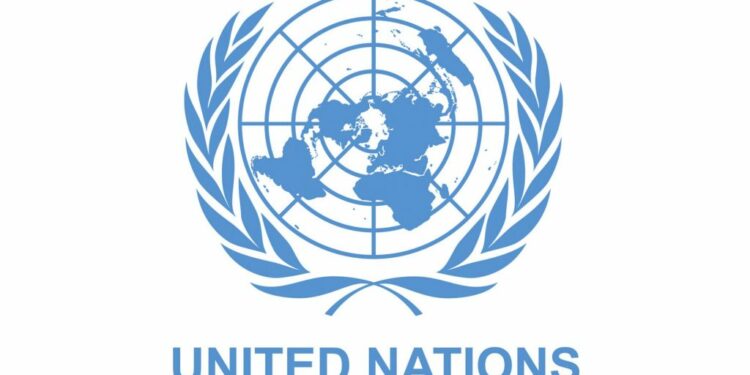The 2022 annual United Nations report has revealed that Nigeria has made notable strides in providing equitable, quality basic services, particularly in the domains of health, education, protection, and water, sanitation, and hygiene.
In the report obtained by The PUNCH, in the health sector, data from the Multiple Indicator Cluster Surveysfor 2021 demonstrate encouraging progress in various health indicators.
Notably, skilled birth attendance witnessed a significant uptick, rising from 43 percent in 2021 to 51 percent in 2022.
Additionally, the prevalence of anaemia in women has seen a decrease, falling from 58 percent in 2021 to 55 percent in 2022.
The report further reveals that 62.4 percent of women received postnatal check-ups within two days of giving birth, highlighting a commitment to maternal health.
Immunization coverage for young children also exhibited positive growth, with Penta-3 vaccination for infants under one year of age rising to 79 percent in 2022 from 75 percent in 2021.
This 24-point increase in coverage over the last five years suggests a commendable expansion in the number of fully immunized children.
The prevalence of contraception among women stood at 18 percent, paralleling the rate of adolescent births at the same percentage, showcasing a balanced approach to family planning.
In the education sector, improvements are evident, as indicated by a Gender Parity Index of 0.99 for primary schools, compared to 0.95 in 2017, and a score of 1.05 for junior secondary schools, compared to 0.97 in 2017, according to the MICS data.
The report partly read, “73.1 per cent of children finished primary education as against 63 per cent in 2017. Adult literacy was 65.4 per cent, while the youth literacy rate was 73.5 per cent.
“In 2022, the out-of-school rates were 26 per cent for primary school and 25 per cent for secondary school, and the transition rate from primary to lower secondary was 84 per cent.
“Access to basic sanitation increased from 40 per cent in 2017 to 47 per cent in 2022. Eighty per cent of the population used basic drinking water services and 31 per cent of households had access to basic hygiene services. However, only 14 per cent of the population had access to complete basic water, sanitation, and hygiene services.”
It indicated that measures to protect adolescents, women, and girls from sexual violence and abuse, as well as initiatives to expand social protection at the federal and state levels, had improved.












